General Info – summary
This slender monoecious Tree with its corky bark, brittle branches and watery latex is up to 15m high in SA. Simple alternate Leaves + entire margins, are lanceolate to elliptic, tend to droop and have glandular hairs below. The small, unisexual, 5-merous Flowers occur in branch end racemes. Male flowers lack an ovary and female flowers have 3 styles. Fruit is a 3-lobed dehiscent capsule. Seeds have caruncles.
Description
Croton gratissimus
SA Tree No. 328, 328.1.
Previous Names & Common names for
Croton gratissimus var. gratissimus = Croton microbotryus, Croton zambesicus.
Common names: (Afr) Bergboegoe, Berg-boegoe, Boeghout, Boog, Booghout, Buchu, Kalahariboegoe, Kalahari-boegoe, Koranaboegoe, Korana-boegoe, Leventelbos, Laventelkoorsbessie, Leventelbos, Laventel-koorsbessie, Leventelbos, Makwassi, Makwassieboom, Maquassi, Maquassiboom, Maquassie, Maquassieboom, Rekstokbos, Stinkhout. (Eng) Lavendar Croton, Lavender Fever-berry. (isiZulu) Ilabele, Inkubathi, Uhubeshane, Umahlabakufeni, Umahlabekufeni. (Northern Sotho) Mologa, Mookgwasane. (Setswana) Moologa. (Tshivenda) Mufhorola, Muthatha-khubi.
Previous Names & Common names for
Croton gratissimus var. subgratissimus = Croton subgratissimus.
Common names: (Afr) Harige Laventel-koorsbessie, Laventel-koorsbessie. (Eng) Hairy Lavender Fever-berry. (Setswana) Moologa. (isiZulu) Ilethi, Umahlabekufeni.
Family Euphorbiaceae (Spurge family) e.g., the well-known exotic poinsettia – Euphorbia pulcherrima) with its normally bright red colour due to bracts not perianth parts. The plants may be trees shrubs or herbs. Trees up to 15m high and the trunk may reach 46cm wide. Spines are paired or absent. Latex/watery sap present. Trees may be monoecious (male & female on the same plant) or dioecious (male and female parts on separate plants). Genera on this site include Croton, Euphorbia and Spirostachys.
Leaves are absent or reduced, may fall early and may be largish. When present most leaves are simple e.g., Spirostachus. When compound the leaves are always palmate (hand-like: compound with leaflets arising from one point). Leaf shape varies from ovate to lanceolate. Leaf arrangement is in spirals, opposite or alternate. Stipules may be spinescent e.g., Euphorbia sp. or may be lost early e.g., Spirostachus. At the leaf base, the veins are single (midrib) or are 3-5 veined e.g., Macaranga. Domatia may occur e.g., in Alchornea. Leaves may smell of almonds if crushed e.g., Croton sp. When leaves are present margins are usually irregularly serrated. Petioles may be swollen at 1 or both ends. 2 glands often occur at base of leaves e.g., Spirostachys. In some Euphorbiaceae plants CAM (Crassulacean acid metabolism) photosynthesis can occur.
The unisexual Flowers are Actinomorphic (Regular, symmetrical). They may lack a calyx or a perianth (calyx and corolla). Inflorescences develop terminally or in leaf axils. Flowers may develop in 1. racemes (a simple, unbranched, indeterminate inflorescence with pedicellate – stalked flowers along the axis that open in succession towards the apex) e.g., Macaranga & Croton. 2. cyathia (cup-shaped Euphorbia inflorescence that appears as a single flower but is, in fact, a collection of reduced flowers. (They usually have 5 joined bracts outside: up to 10 brightly coloured nectar glands which may have petal-like appendages or brightly coloured bracts followed by 5 much reduced male flowers at the base of each bracteole. In the centre is a much-reduced female flower). 3. spikes (simple indeterminate inflorescence with sessile flowers on a single unbranched axis opening in succession towards the apex e.g., Spirostachys). 4. panicles (determinate or indeterminate, much branched inflorescence with stalked flowers. The branches of a panicle are often racemes. Petals are absent e.g., Macaranga. Male flowers may lack an ovary and have 1-8 or many e.g., Croton, exerted stamens. Fewer Female flowers have a superior ovary with 1 ovule per 1-to many locules and each locule has 1 or 2 ovules. 3 styles may be present. Most flowers are insect pollinated.
Fruit may occur in long racemes or small lobed, dehiscent or indehiscent capsules. Seeds may have a caruncle (a fleshy structure attached to the seed) and may be poisonous.
Name derivation: Croton: resembling ticks – referring to the seeds of some species. gratissimus means very or most pleasant. Var. gratissimus has no hairs on upper leaf surface whereas var. subgratissimus has stellate (or radiating) hairs. William John Burchell first named this plant. From 1811 – 1815 he travelled with his dog over 7 200km having never spent a night out in the open before! He collected 40 000 specimens which are now housed at Kew, as are his manuals containing the plant details. Palmer, E. & Pitman, N. consider this the best journal ever written by early travellers in South Africa. The Genus Croton has 10+ species in South Africa.
Conservation: National Status: L C. (Least Concern). Assessed: 2005 (R.H. Archer and J.E. Victor).
Tree
The Tree is neither succulent nor cactus like. It grows as a shrub or tree up to 15m and is taller to the north of South Africa. It is usually a slender tree (photo 493) but may become spreading. Young branches are pale white to yellow or light brown (photo 145) and may be covered with cinnamon coloured dots (photo 255), as are the leaves. The many brittle branches may droop. The rough and corky Bark is quite pale to dark grey (photo 144). The bark is fissured near the base (photo 257). The tree possesses watery Latex.
- 493 2014.12.09 Walter Sisulu NBG. Photo: David Becking.
- 144 2014.06.03 Walter Sisulu NBG. Photo: David Becking.
- 257 2014.12.02 Walter Sisulu NBG. Photo: David Becking.
- 255 2014.12.02 Walter Sisulu NBG. Photo David Becking.
- 145 2014.06.03 Walter Sisulu NBG. Photo David Becking.
Leaves
The usually alternate Leaves are simple (have a single blade, which may have incisions that are not deep enough to divide the leaf into leaflets), tend to droop and are pleasantly aromatic when crushed. They have some striking colours: silvery, gold, mauve and pink. Some leaves are red and glint in the sun. Leaves are fragrant when crushed (similar to lavender) due to the presence of aromatic oils. Leaves are lanceolate to elliptic and variable in size up to 18 x 6cm but usually less than half this size (photo 253). The leaf is not rough to the touch. The upper surface is shiny dark green to olive green and may have visible gland dots. When these dots appear in great numbers, the under-surface may appear red-brown. The impressive lower surface is very pale and silvery and covered with dense, small cinnamon-coloured star-shaped hairs (glandular scales). The hairs are visible (photo 21). On this photo, the hairs occur on the Petiole, and Midrib, which protrudes prominently below, and is sunken above (photo 253). The 8-17 pairs of lateral veins are hardly visible. They become more visible when viewed against a strong light with the aid of a hand lens (photo 137). Here the cinnamon coloured dots partly obscure the veins, which turn and join shortly before reaching the margin. The Apex is tapering to broadly so. From above, the Base appears to be perched on the petiole (photo 22). The base is rounded, notched or lobed and has 2 small glands next to the petiole. The Margin is entire (with a continuous margin, not in any way indented) and may be wavy. The hairy Petiole (leaf stalk – photo 21) is usually 5 – 70mm long and thin (1mm wide photo 253). From below, it appears pale yellowish or greenish even red to brown and may be covered with the same cinnamon coloured dots as the leaf blade (photo 21). Variety gratissimus differs by having no hairs on the upper leaf surface, whereas the upper leaf surface of var. subgratissimus has stellate hairs. Some red or orange leaves may be present.
- 145 2014.06.03 Walter Sisulu NBG. Photo: David Becking.
- 255 2014.12.02 Walter Sisulu NBG. Photo: David Becking.
- 22 2018.03.07 Walter Sisulu NBG. Photo: David Becking.
- 21 2018.03.07 Walter Sisulu NBG. Photo: David Becking.
- 253 2014.12.02 Walter Sisulu NBG. Photo: David Becking.
- 137 2016.05.31 Walter Sisulu NBG. Photo: David Becking. Leaf against sun.
Flowers
The cream to reddish brown sweet smelling 5-merous Flowers are grouped in Spikes (simple indeterminate inflorescence with sessile flowers on a single unbranched stalk). They are up to 15+cm long (photos 196 and 736). Strings of Buds may also be covered with dense, small cinnamon-coloured glandular Scales (photo 517E) and may remain on the tree for months – usually until the rainy season when they develop into flowers at branch ends (photo 424). The 5-lobed Calyx-is partially reflexed (photo 517). Between calyx lobes, the 5 small green Corolla lobes protrude slightly and turn downwards. These are just visible in photos 515 and 510.
This tree is monoecious (having both male and female reproductive organs on the same tree) and sexes develop in separate flowers. Male flowers lack an ovary but have many Stamens that are inserted on a usually hairy Receptacle (that expanded tip of the flower stalk from which the floral parts develop). The receptacle is greatly expanded in the Asteraceae and Ficus). Filaments are inflexed in bud (photo 424). The stamens become erect when the flower opens (photo 510). The basifixed Anthers appear flattish (photo 515). The fewer Female flowers located at the base of the spike are relatively large. The superior Ovary has 3 Locules (compartments) with a single ovule in each locule. The 3 Styles are usually bent backwards. The rest of the flowers on the spike are male. Bees are the pollinating agents. (Aug-Nov).
- 196 2018.01.03 Walter Sisulu NBG. Photo: David Becking.
- 736 2017.09.06 Walter Sisulu NBG. Photo: David Becking.
- 517E 2017.10.17 Pretoria NBG. Photo: David Becking.
- 424M 2016.09.20 Walter Sisulu NBG. Photo: David Becking.
- 517 2017.10.17 Pretoria NBG. Photo: David Becking.
- 510 2017.10.17 Pretoria NBG. Photo: David Becking.
- 515 2017.10.17 Pretoria NBG. Photo: David Becking.
Fruit
The smallish 3-lobed Fruit is an almost spherical Capsule (a dry fruit resulting from the maturing of a compound ovary, which usually opens at maturity by one or more lines of dehiscence) that is close to 1cm wide (photo 894). The remains of the perianth parts (photo 894 and 271) and the 3 persistent Stigmas are present. The fruit is initially green but becomes yellow to brown when mature. Seeds may have a caruncle (a fleshy structure attached to the seed). (Sep-Nov). In (May-Jun) the dried out capsule dehisces (opens: – discharging seeds in this case).
- 271 2015.12.15 Walter Sisulu NBG. Photo: David Becking.
- 894 2015.09.29 Walter Sisulu NBG. Photo: David Becking.
Distribution & Ecology
The plant commonly occurs on hills that are stony (often quartzite rock composed almost entirely of quartz. It is non-foliated and usually forms from the metamorphism of sandstone). This is the dominant tree on the rocky western facing mountain slopes of NW Cape e.g. near the Langeberg. It is also found in Northern Cape, KwaZulu-Natal, and Gauteng – round Magaliesberg, Limpopo, Mpumalanga, North West and Northern Cape. Outside South Africa, the plant is located in Swaziland, Mozambique, Namibia and northwards into tropical Africa, including Malawi, Nigeria and Sudan. The Crested Guineafowl, Emerald-spotted Wood Doves, Tambourine Doves, Terrestrial Bulbuls, Francolins and other birds eat the Fruit. Butterfly larvae, with large green bodies and horny heads (the Green-veined Charaxes Charaxes candiope) feed on the Leaves. This butterfly has the reputation of being very aggressive. Their larvae also feed on other Croton species.
Ethnobotany
This is a good garden tree that is relatively quick growing. The Wood is pale, dense, hard, yellow and termite resistant. It is used for furniture, roofing poles, hut poles and fencing. The Leaves may be poisonous but are browsed by game and stock. Bushmen girls use dried, powdered leaves as perfume. Antioxidants from the plant have been found to have a beneficial effect in the management of cardiovascular, inflammatory, malignant and neurodegenerative (among other) diseases. The geographic location of the plants seems to profoundly affect the concentrations of active components in the extracts of this plant. Local medicine makes use of the seeds, bark and leaves. The bark of Croton gratissimus yielded four cembranolides, including the first reported example of a 2,12-cyclocembranolide. This compound showed moderate activity against the PEO1 and PEO1TaxR ovarian cancer cell lines.
References
Archer, R.H. & Victor, J.E. 2005. Croton gratissimus Burch. var. gratissimus. National Assessment: Red List of South African Plants version 2020.1. Accessed on 2023/01/19.
Boon, R. 2010. Pooley’s Trees of eastern South Africa. Flora and Fauna Publications Trust, Durban.
Burrows, J.E., Burrows, S.M., Lotter, M.C. & Schmidt, E. 2018. Trees and Shrubs Mozambique. Publishing Print Matters (Pty) Ltd. Noordhoek, Cape Town.
Coates Palgrave, M. 2002. Keith Coates Palgrave Trees of Southern Africa, edn 3. Struik, Cape Town.
Ginn P.J. Mcilleron W.G. and Milstein P. le S, 1989. The Complete Book of Southern African Birds. Struik, Cape Town.
Lawrence, G. H. M, 1951. Taxonomy of Vascular Plants. The Macmillan Company, New York. Tenth Printing 1965.
Palmer, E. & Pitman, N. 1972. Trees of southern Africa, Balkema. Amsterdam, Cape Town.
Schmidt, S. Lotter, M. & McCleland, W. 2002. Trees and Shrubs of Mpumalanga and the Kruger National Park. Jacana, Johannesburg.
van Wyk, B. & van Wyk, P. 1997 Field guide to Trees of Southern Africa. Struik, Cape Town.
http://www.plantzafrica.com/plantcd/crotongrat.htm
https://en.wikipedia.org/wiki/Croton_gratissimus
file:///C:/Users/Probook/Downloads/molecules-18-01916-v2%20(1).pdf
http://www.sciencedirect.com/science/article/pii/S0031942210002086
https://en.wikipedia.org/wiki/Charaxes_candiope

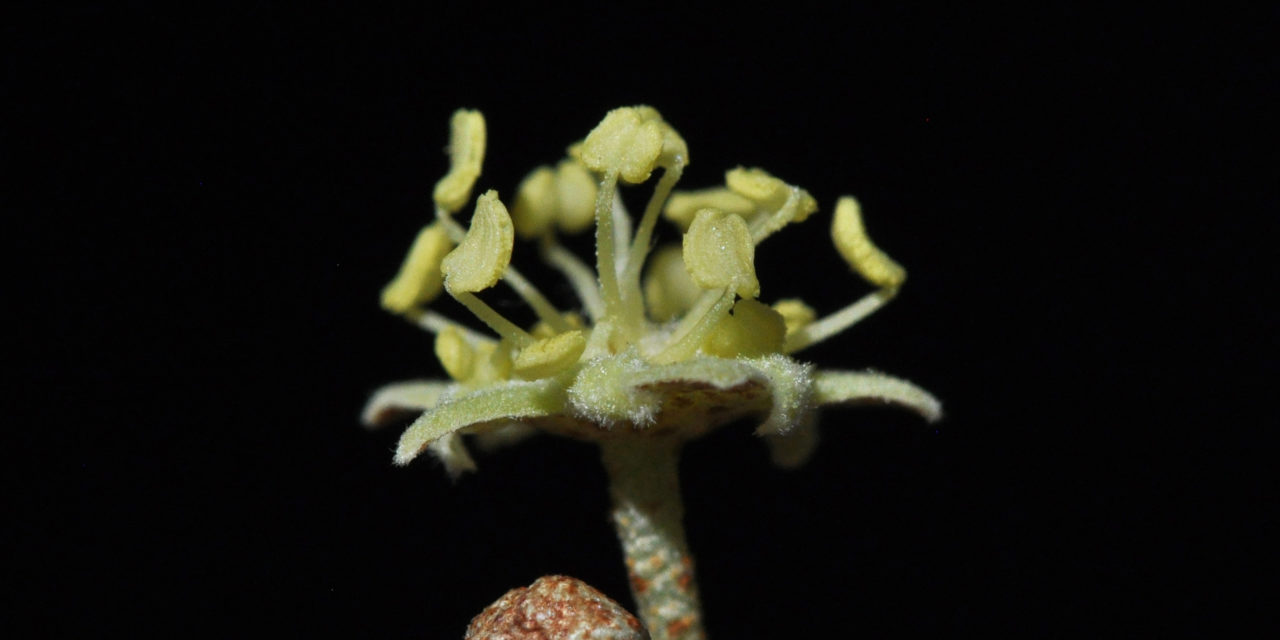
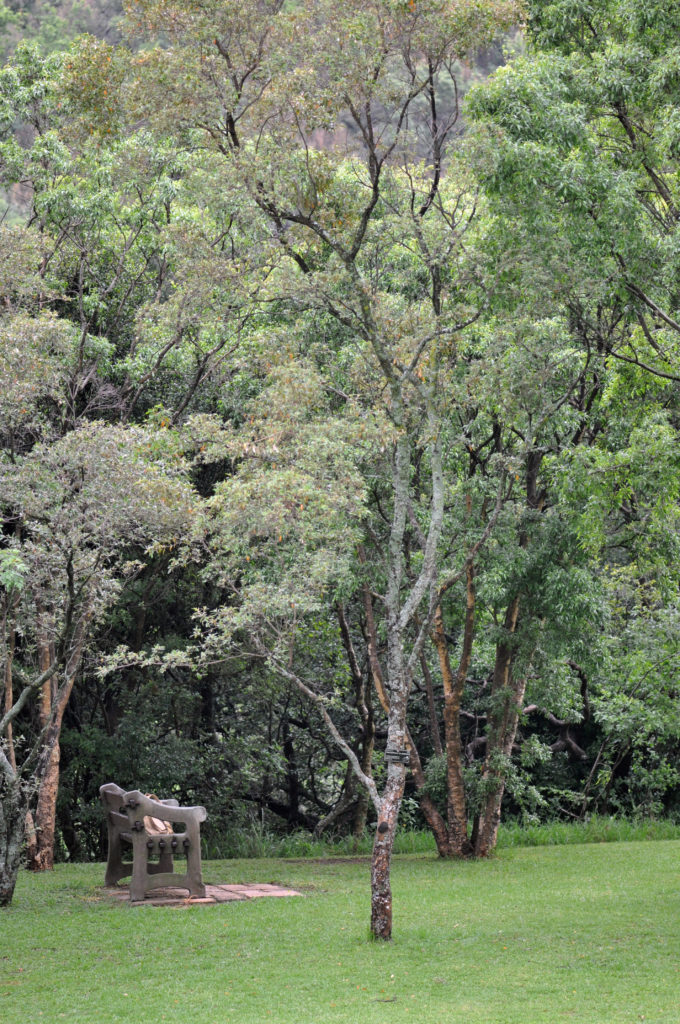
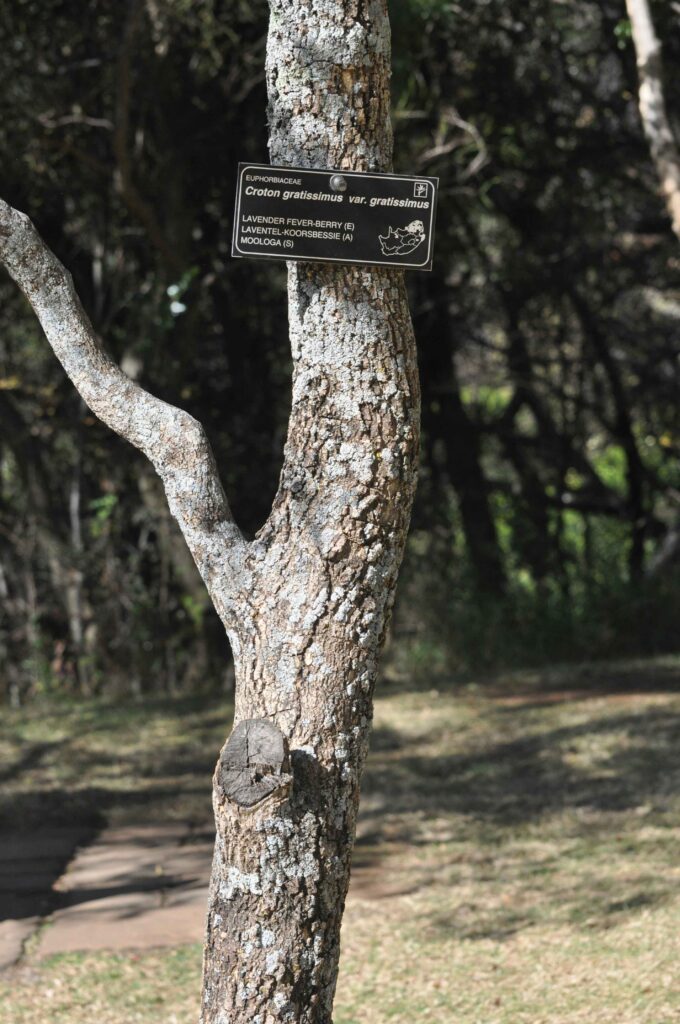
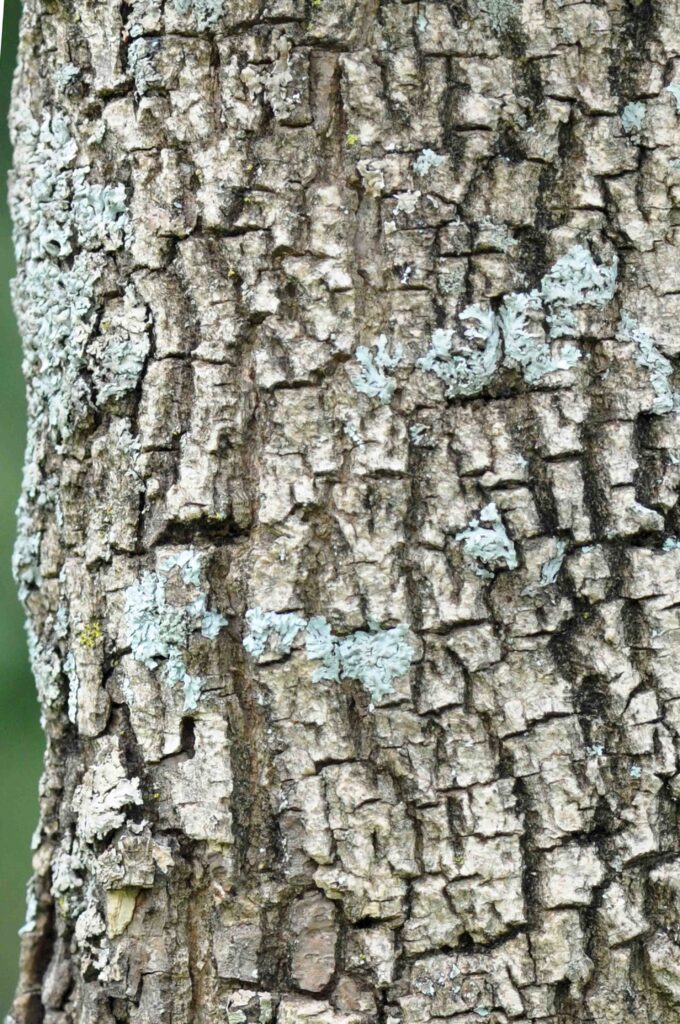
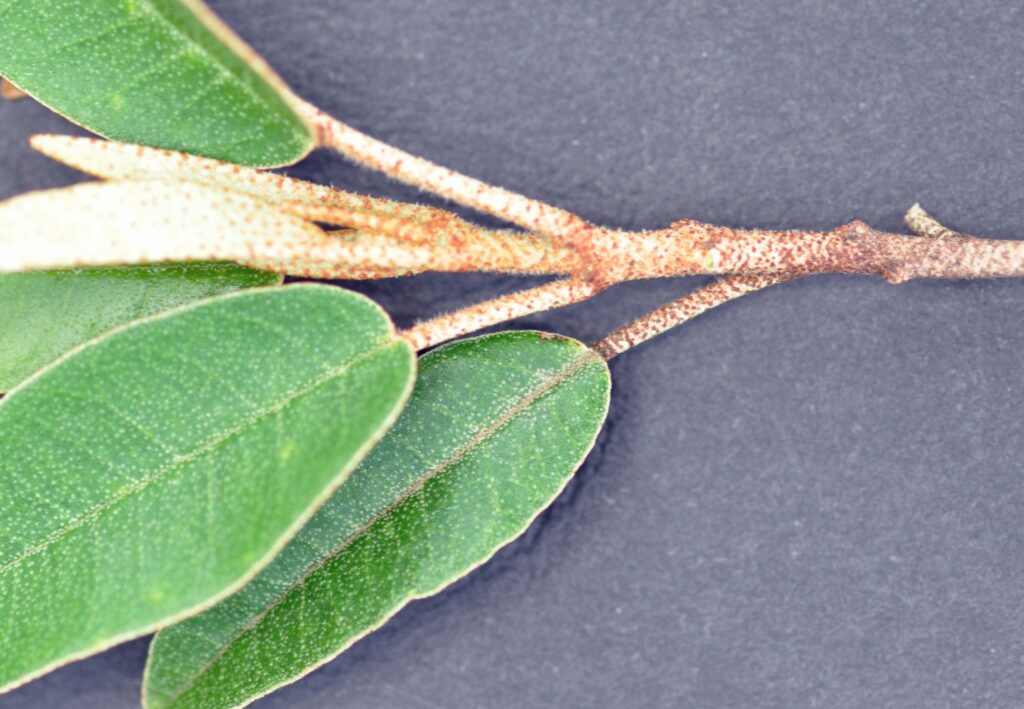
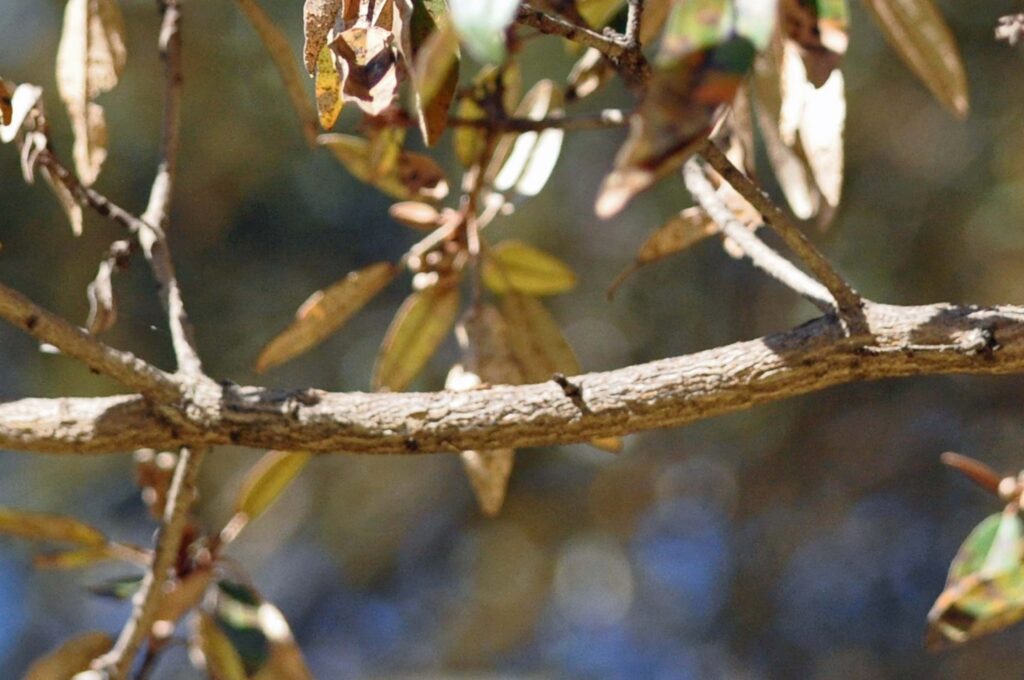
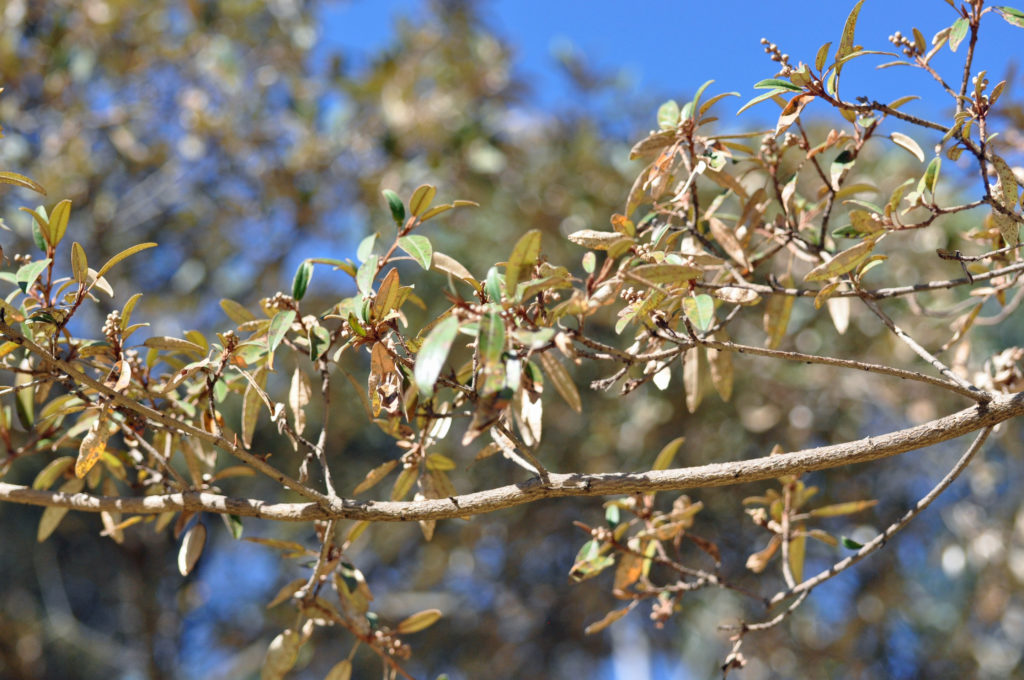
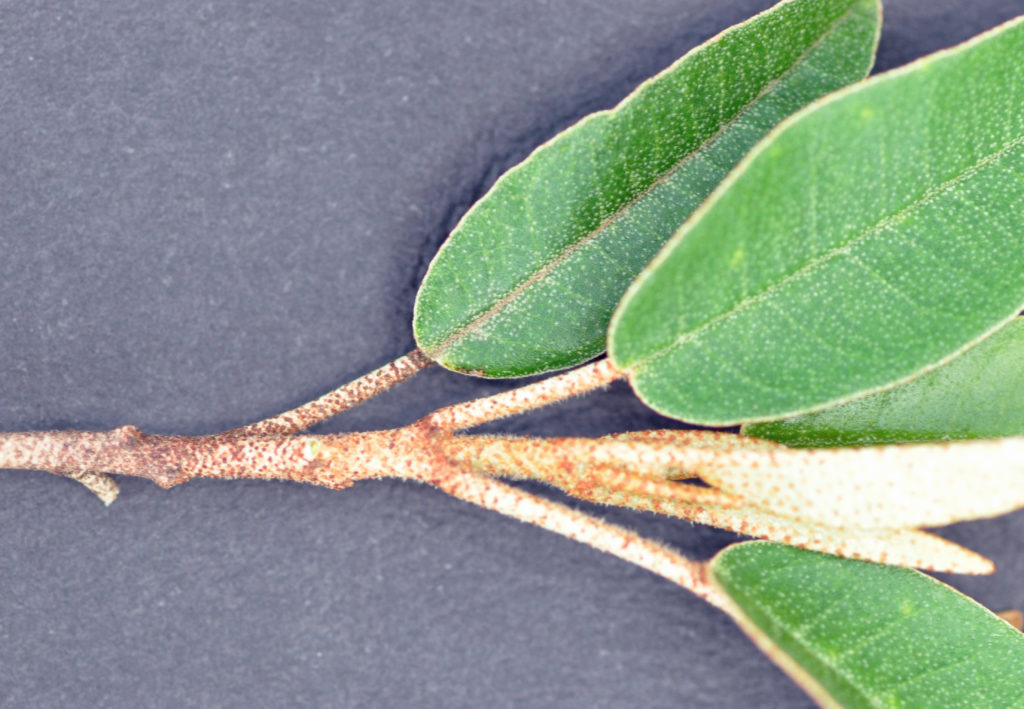
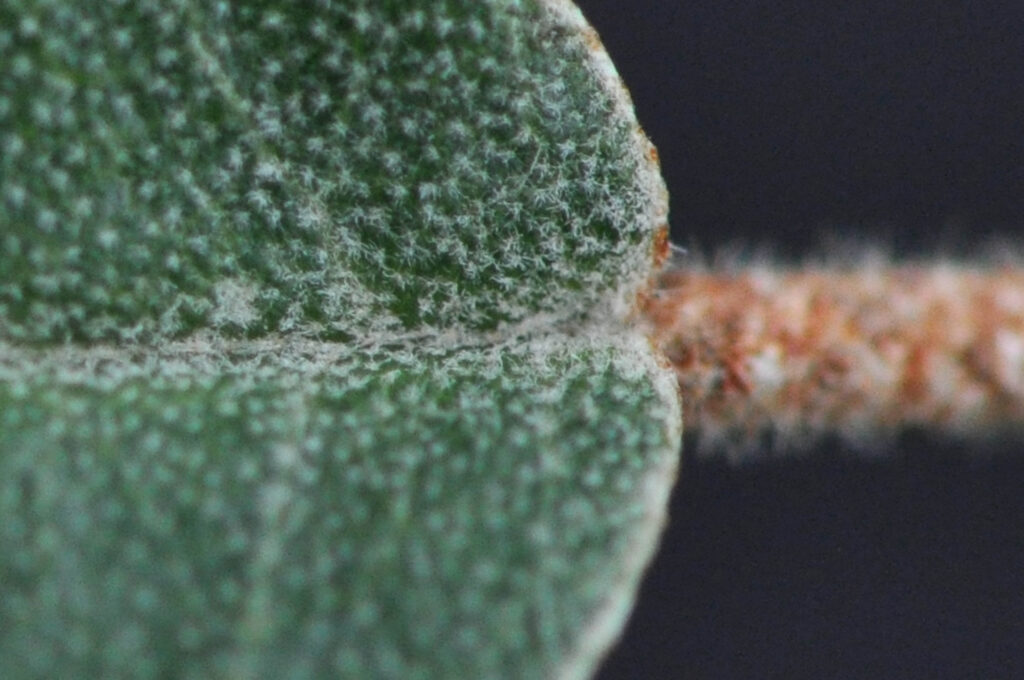
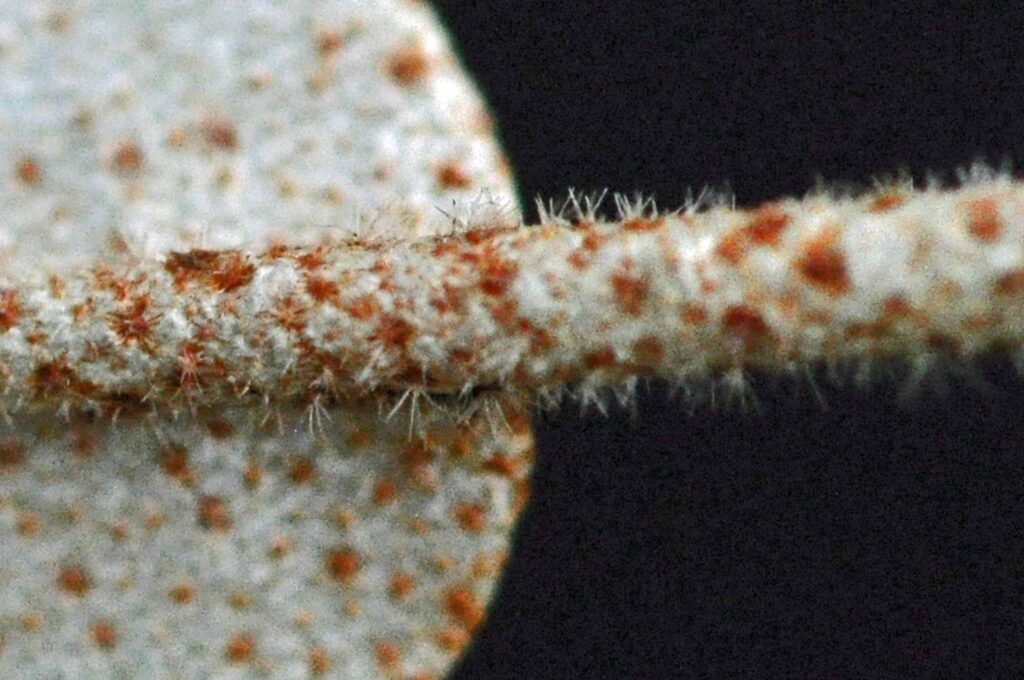
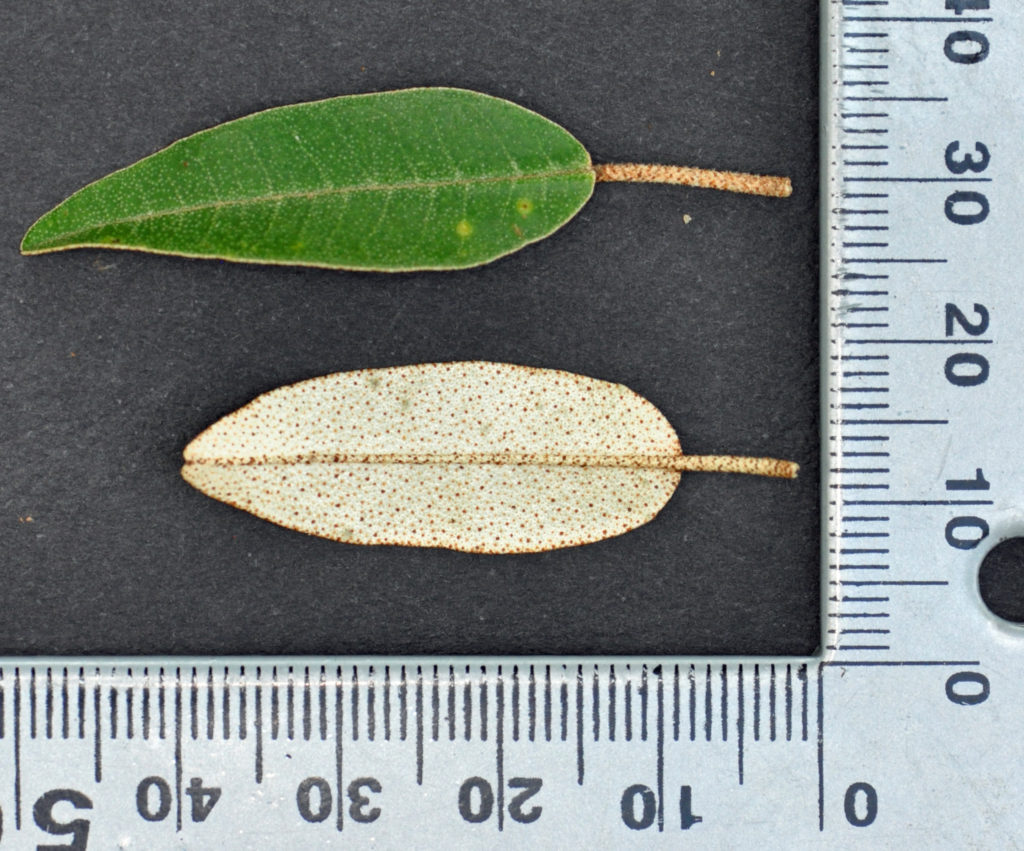
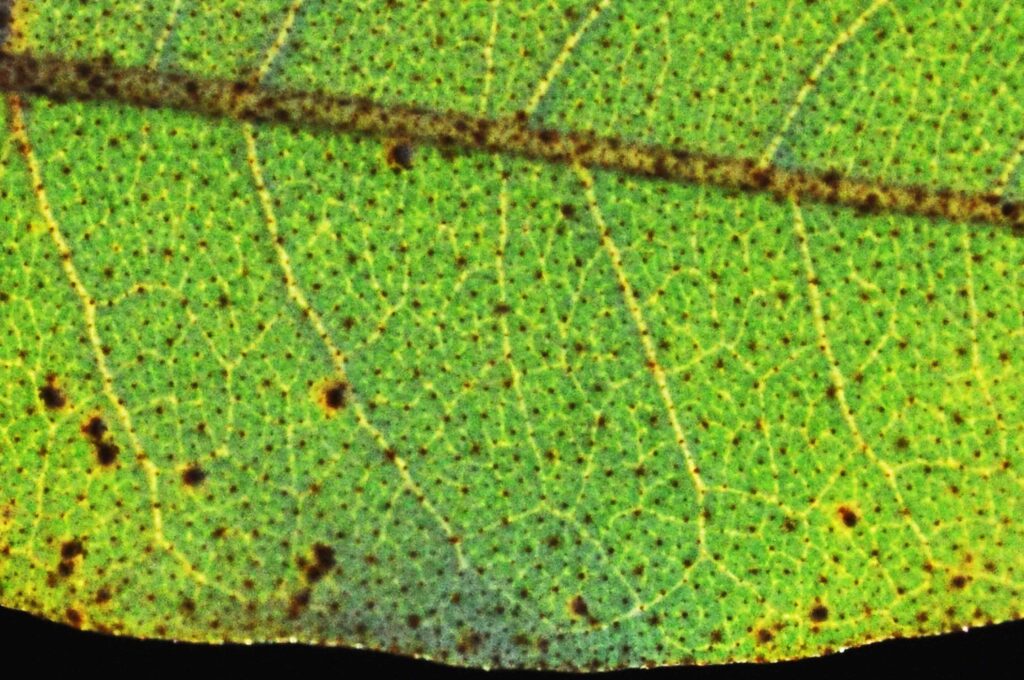
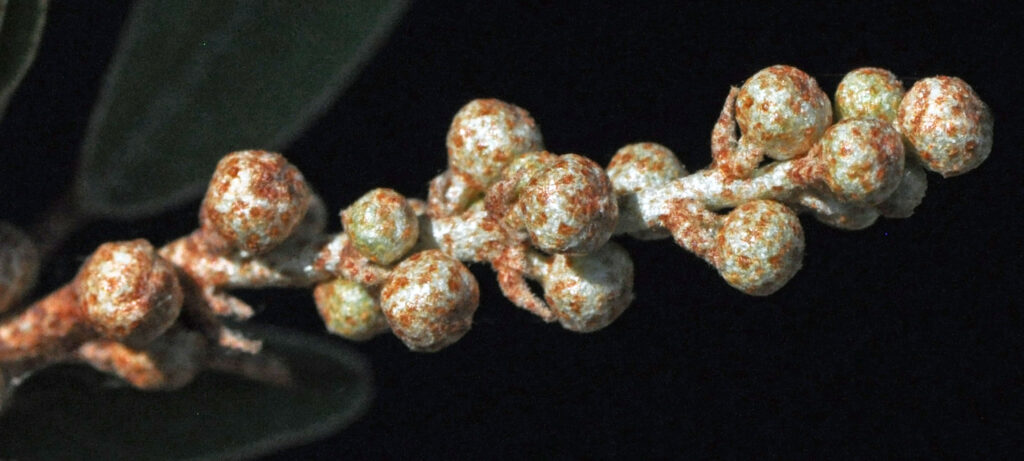
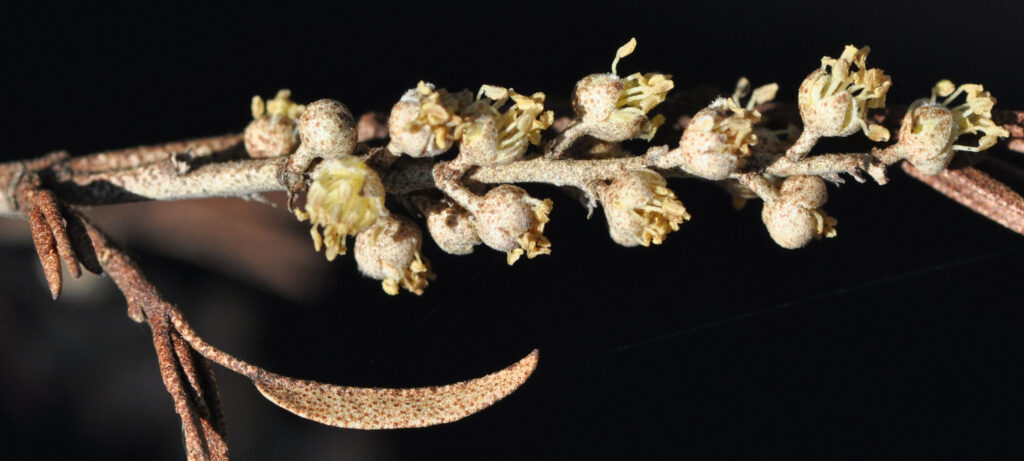
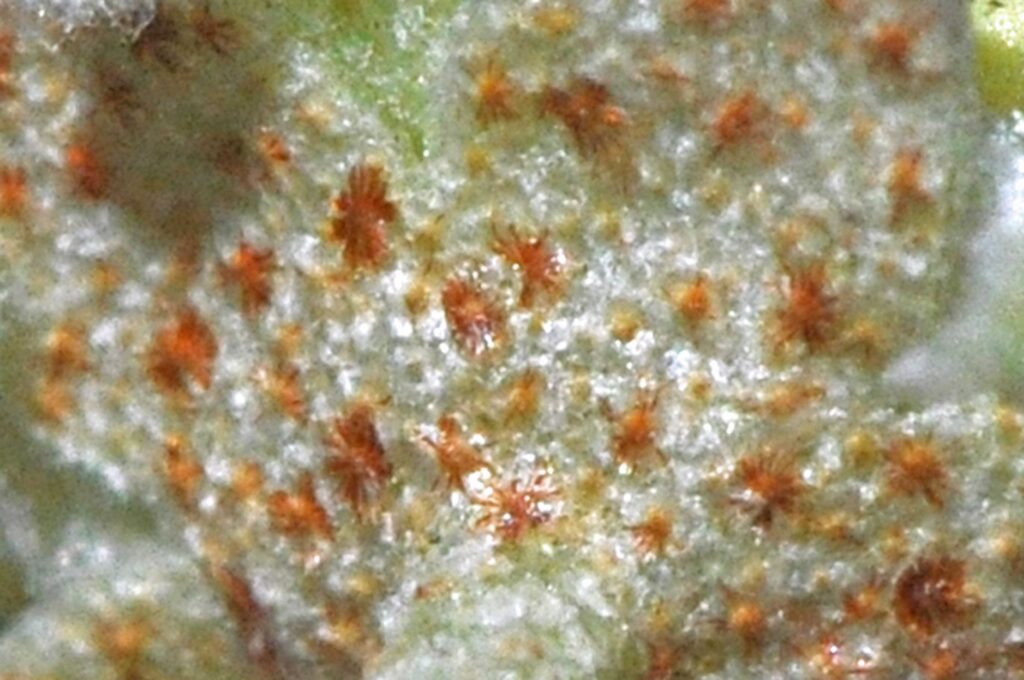
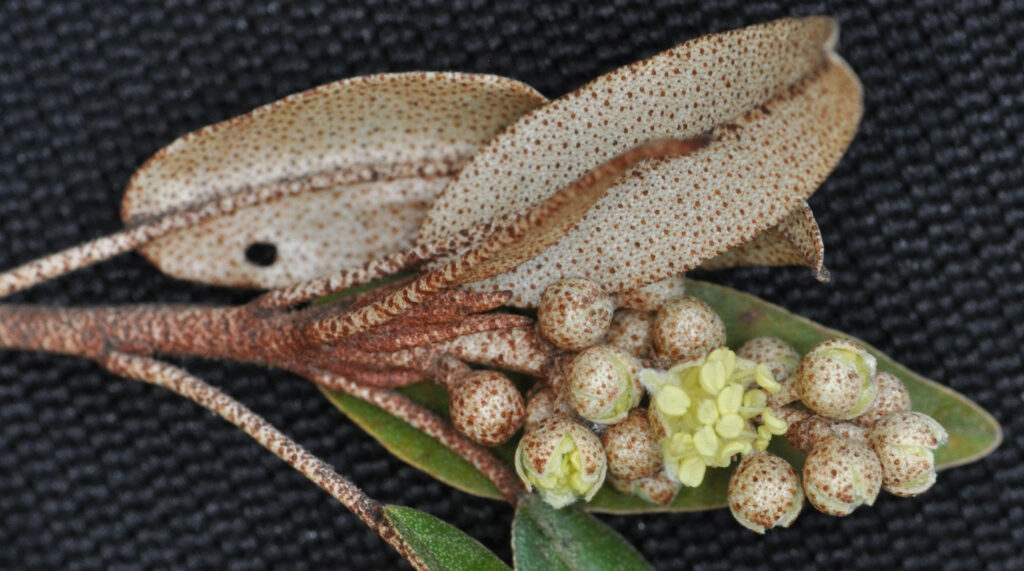
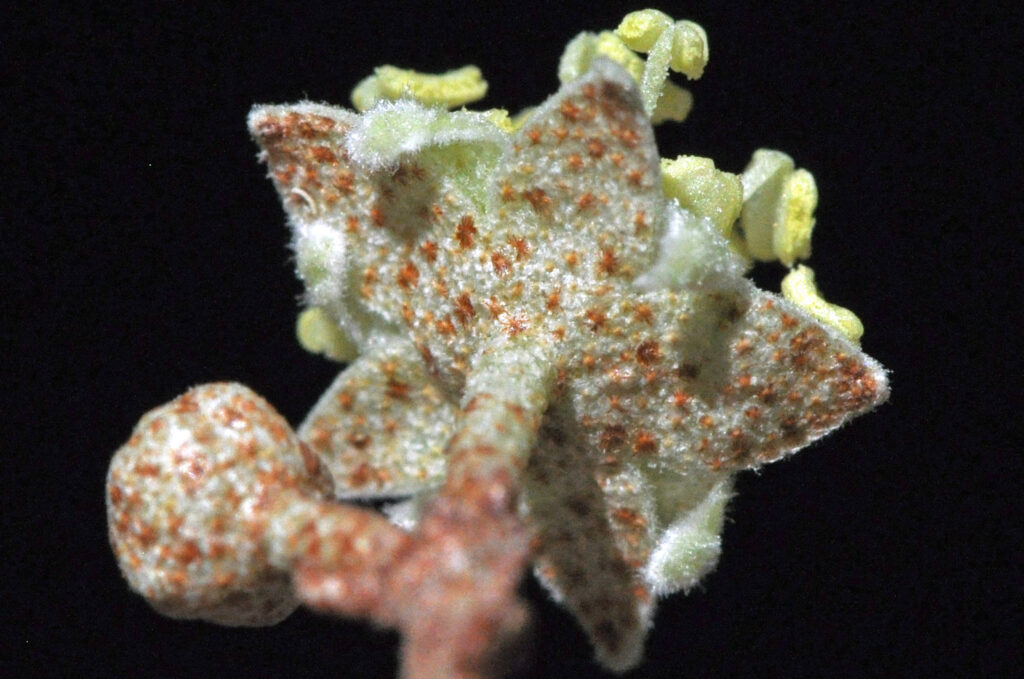
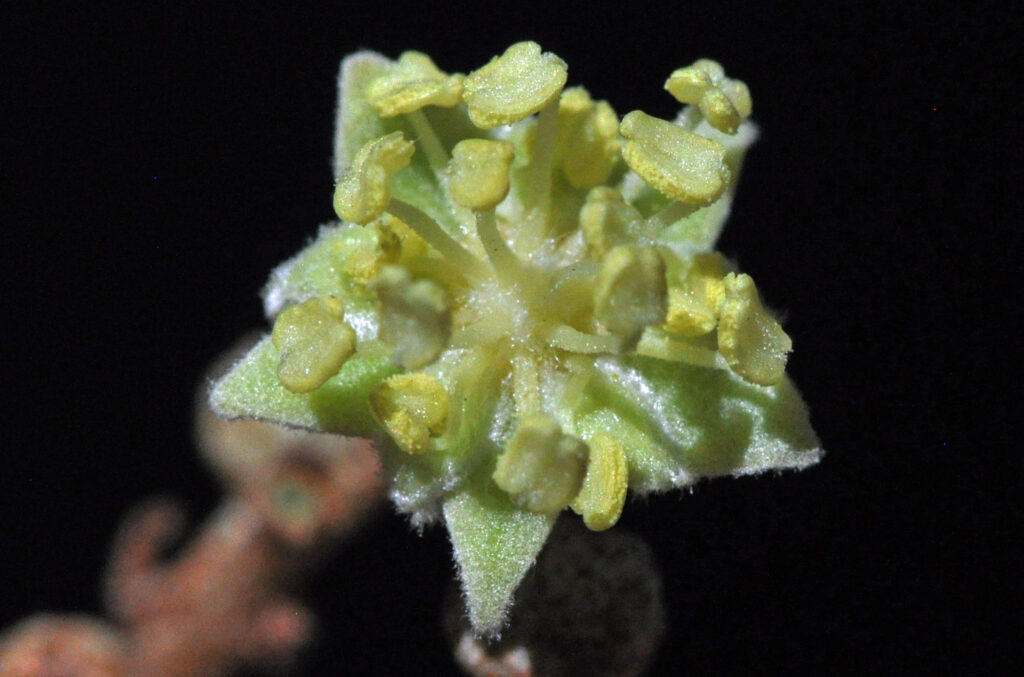
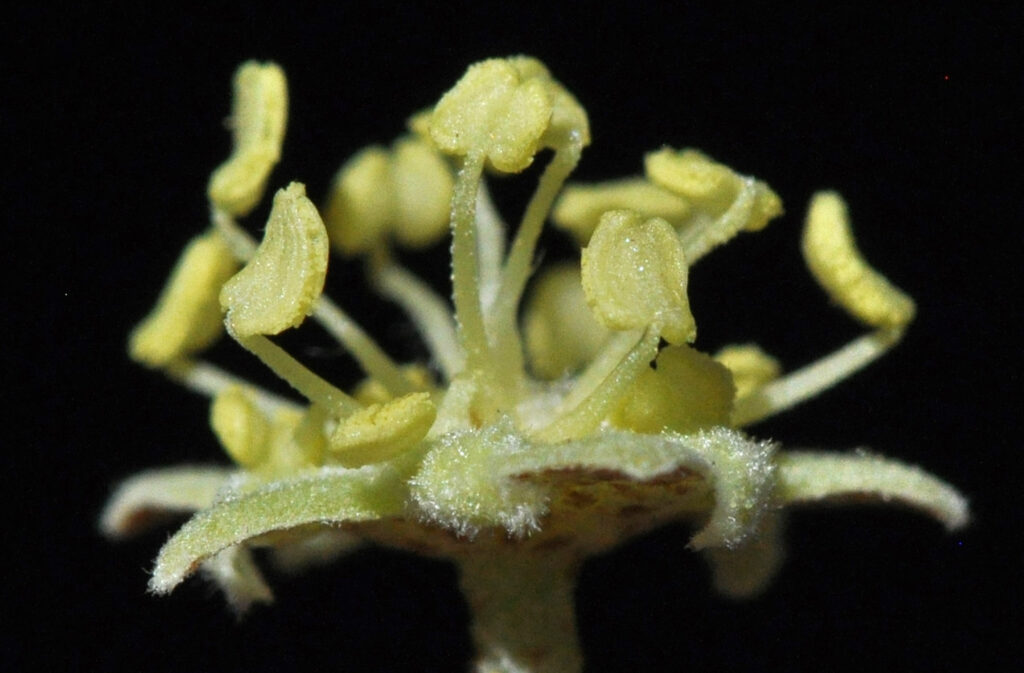
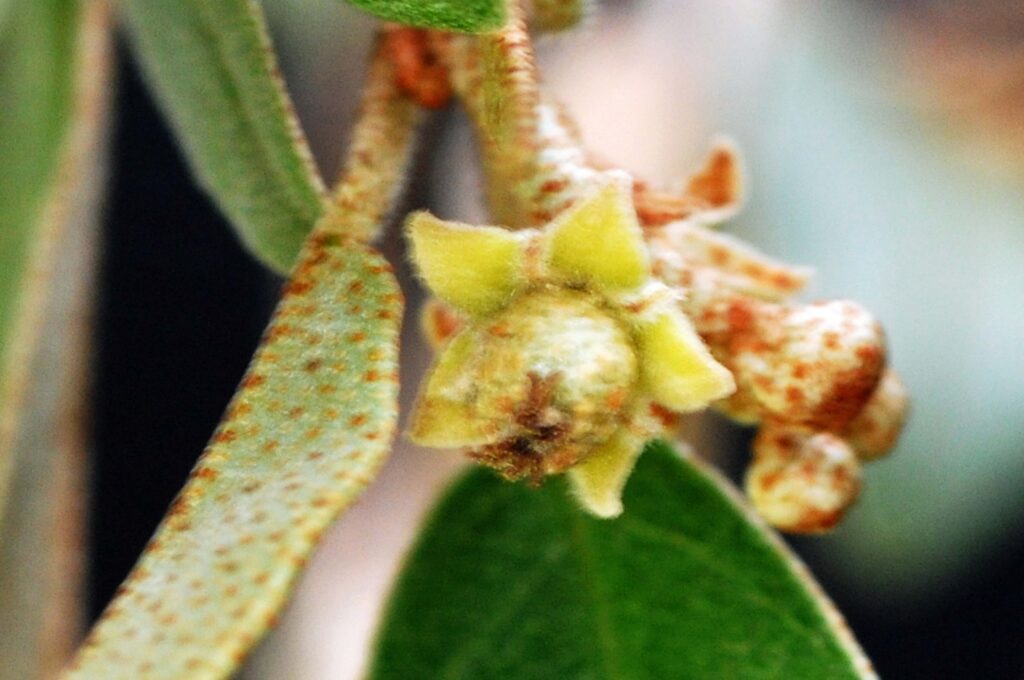
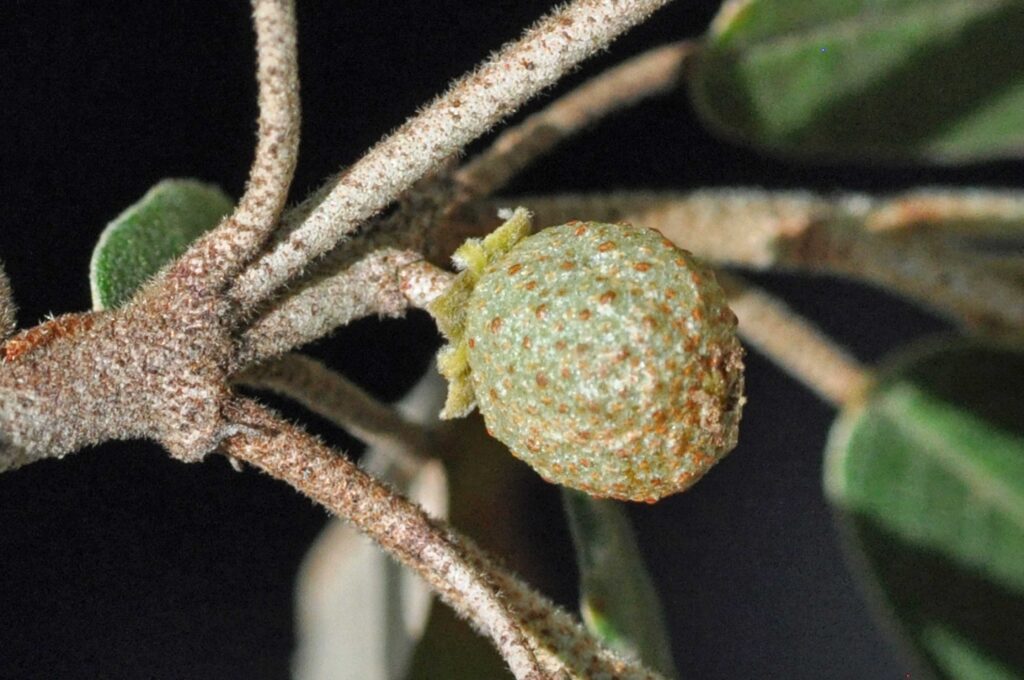

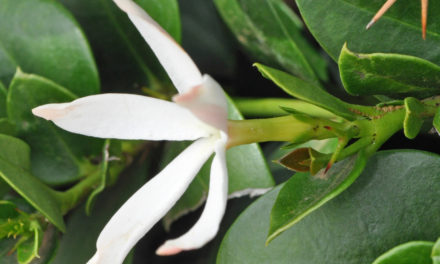
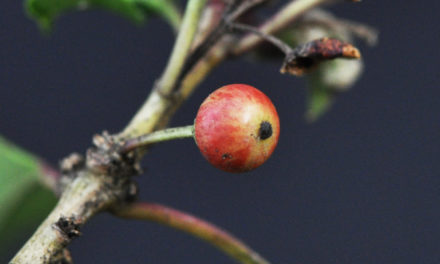
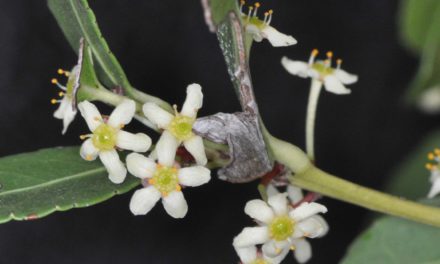
greetings, illustrious blog on suety loss. such a thing helped.
Greetings Roderick
Thank you. Still a lot to do.
Dave Becking